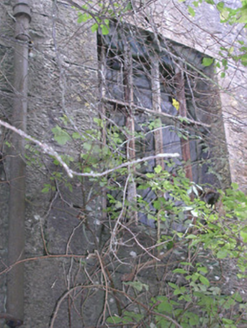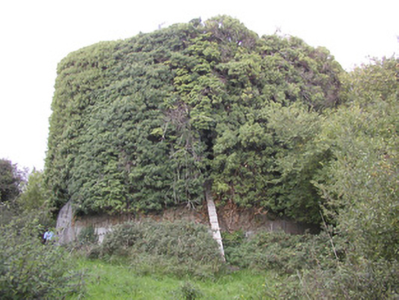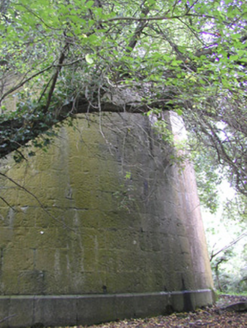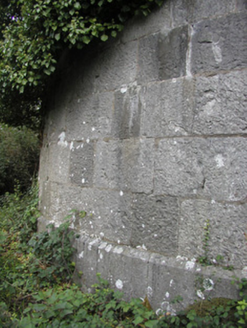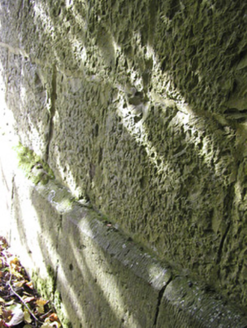Survey Data
Reg No
14929011
Rating
National
Categories of Special Interest
Architectural, Historical, Scientific, Social, Technical
Original Use
Martello tower
Date
1810 - 1815
Coordinates
194651, 213439
Date Recorded
09/10/2004
Date Updated
--/--/--
Description
Freestanding cam-shaped three-gun ashlar masonry Martello tower, constructed c.1811. Hammerdressed stone walls with base plinth and tapered walls. Battered walls to tower, approximately 60 feet wide at ground level, and somewhat less at parapet level. Entrance at first level. Two large windows, one on each side of the tower, are situated at first floor level at the start of two staircases that lead up the roof level. The roof supports three artillery guns. The ground level of the tower contained stores and a powder magazine, the first floor level with its timber floor providing the living accommodation. Two staircases, symmetrically arranged in plan, are contained within the wall thickness, and lead from each side of the first floor level to the rear of the gun platform above. The gun platform is 'trefoil' in plan, providing for three guns. The structure is supported on a central stone pier, cylindrical in shape, passing down through the tower to ground level.
Appraisal
Sited on Moran Island to the south-east of the battery on Cromwell's Island, Meelick Martello tower is similar in plan to the towers built in England along the Essex and Suffolk coast between 1810 and 1812. It is of the same design as the two towers on the south shore of Galway Bay at Finavarra and Aughinish, which appear to have been constructed at this time. This reinforces the architectural, historical and technical significance of the tower. Its construction indicates the beginning of a new policy to construct permanent fortifications on the Shannon. Fears of a French invasion of Ireland launched from Spain or Portugal in 1809 while in 1810, Napoleon considered transporting a large force from Holland to Ireland or Scotland. In the 1840s the river navigation was changed at Meelick with the contruction of a broad new channel and Victoria Lock. The river banks were then more open and free to provide an effective field of fire for the guns.
